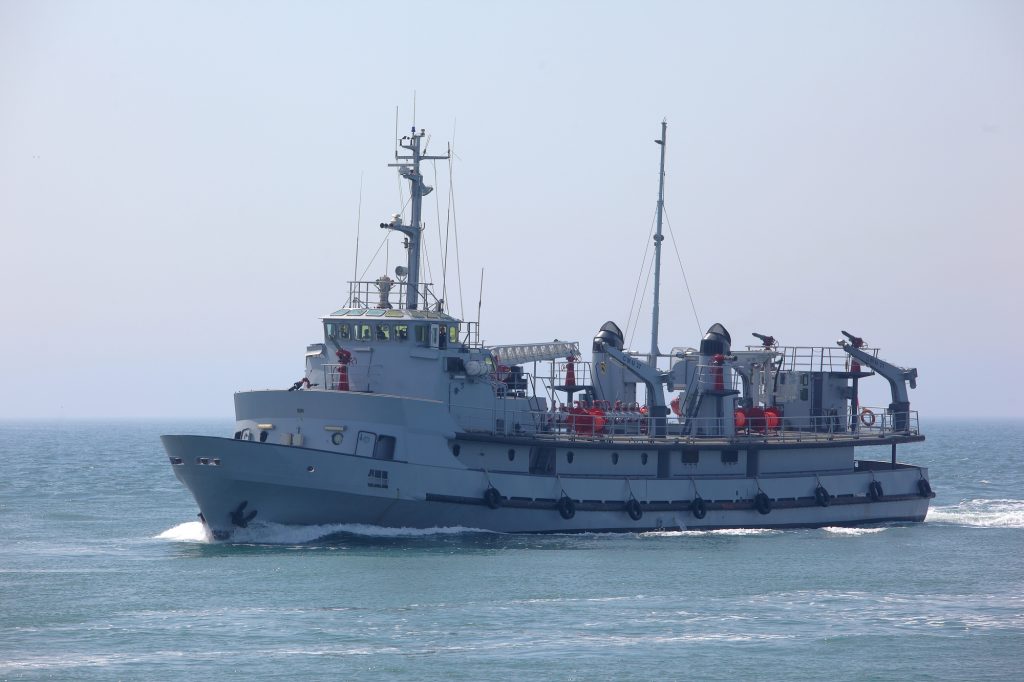Marine hoses play a critical role in maritime operations, from fuel transfer to washdown applications. With advancements in materials science, marine hose manufacturers are developing products that offer superior performance, durability, and safety. This article explores the advanced materials used in marine hoses, focusing on how these innovations enhance the functionality and reliability of hoses in the marine environment.
The Role of Marine Hoses
Marine hoses are essential for various applications on ships and offshore platforms. They are used for transferring fuel, water, and other fluids, as well as for cleaning and washdown purposes. The harsh marine environment, characterized by saltwater, UV exposure, and mechanical stress, demands hoses that can withstand these challenging conditions while maintaining their integrity and performance.
Traditional Materials and Their Limitations
Historically, marine hoses were made from natural rubber or basic synthetic compounds. While these materials provided adequate flexibility and strength, they had significant limitations in terms of durability and resistance to environmental factors. Natural rubber, for example, is prone to degradation from UV exposure and saltwater, leading to frequent replacements and higher maintenance costs.
Advances in Material Science
Recent advancements in materials science have led to the development of new compounds that significantly improve the performance of marine hoses. These materials offer enhanced resistance to environmental factors, greater durability, and improved safety. Key advancements include:
1. Thermoplastic Elastomers (TPEs)
Thermoplastic elastomers combine the elasticity of rubber with the processability of plastics. TPEs used in marine hoses offer excellent flexibility, even at low temperatures, and superior resistance to UV radiation and saltwater. This makes them ideal for applications where hoses are exposed to harsh environmental conditions for extended periods.
2. Polyurethane (PU)
Polyurethane is known for its exceptional abrasion resistance and mechanical strength. Marine hoses made from PU are highly durable and can withstand rough handling and harsh conditions. PU hoses are also resistant to chemicals and oils, making them suitable for fuel transfer and other demanding applications.
3. Fluoropolymers
Fluoropolymers, such as PTFE (Polytetrafluoroethylene), offer outstanding chemical resistance and thermal stability. Hoses made from fluoropolymers can handle a wide range of fluids and extreme temperatures without degrading. This makes them ideal for critical applications where hose failure is not an option.
4. Reinforced Composites
Reinforced composite materials combine various fibers, such as aramid or polyester, with high-performance resins. These materials provide exceptional strength and flexibility, allowing marine hoses to withstand high pressure and mechanical stress. Reinforced composite hoses are particularly useful in applications where hoses need to bend and flex without kinking or breaking.
Benefits of Advanced Materials
The use of advanced materials in marine hoses offers several benefits:
- Enhanced Durability: Advanced materials provide superior resistance to abrasion, UV radiation, and chemical exposure, significantly extending the lifespan of marine hoses.
- Improved Safety: High-performance materials reduce the risk of hose failure, which can lead to spills, leaks, and other hazardous situations. This is particularly important in fuel transfer and other critical applications.
- Greater Flexibility: Materials like TPEs and reinforced composites offer excellent flexibility, allowing hoses to be used in tight spaces and dynamic environments without compromising performance.
- Cost-Effectiveness: While advanced materials may have a higher initial cost, their extended lifespan and reduced maintenance needs result in lower overall costs over the hose’s lifetime.
Applications of Advanced Marine Hoses
Marine Washdown Hose
One specific application that benefits from advanced materials is the marine washdown hose. These hoses are used for cleaning decks, equipment, and other surfaces on ships and offshore platforms. The advanced materials used in these hoses provide the necessary flexibility, durability, and resistance to environmental factors, ensuring they perform reliably in demanding washdown operations.
Fuel Transfer Hoses
Fuel transfer is a critical operation in the marine industry. Advanced materials such as fluoropolymers and polyurethane are used to manufacture fuel transfer hoses, ensuring they can handle the chemical properties of different fuels and resist abrasion from rough handling.
Water and Fluid Transfer Hoses
For water and fluid transfer, hoses made from thermoplastic elastomers and reinforced composites offer the flexibility and strength needed to withstand the pressure and environmental conditions of marine operations.
Conclusion
The development of advanced materials in marine hoses represents a significant leap forward in the maritime industry. These materials provide enhanced durability, safety, and flexibility, meeting the rigorous demands of marine applications. Marine hose manufacturers continue to innovate, ensuring their products remain reliable and efficient in the harshest conditions. As the industry evolves, the use of advanced materials will undoubtedly play a crucial role in the continued success and safety of marine operations.

